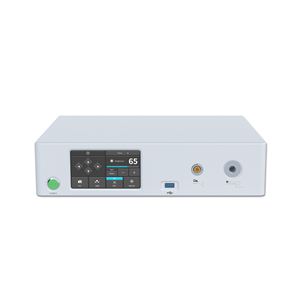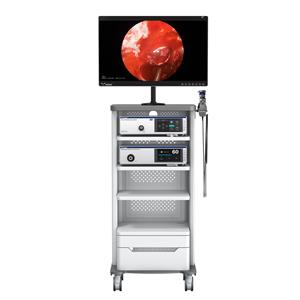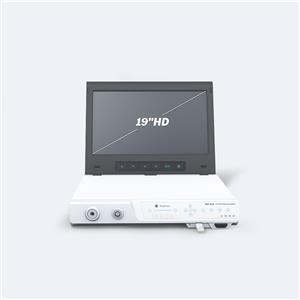Prevention and treatment of different situations in intervertebral foraminal surgery
Prevention and treatment of different situations during intervertebral foraminal surgery:
(1) Before surgery, the surgeon should fully understand the anatomical characteristics of the spine and the orientation and variation of nerve roots, and be familiar with the anatomical structure and orientation under the microscope, which can prevent ambiguity during the operation and help some special situations, such as nerve roots. Point and travel variation processing.
(2) Be sure to follow the correct standard procedures for the foraminal lens. When expanding soft tissues, after inserting the second dilator, the positioning needle should be pulled out to prevent the guide needle from directly damaging the dural sac and cauda equina. Expansion and installation of the working channel should be carried out under the fluoroscopy of the C-arm X-ray machine to avoid entering the spinal canal. The working tube should be fixed firmly, especially for patients with large lamina space.
(3) Ensure a clear vision. The surgeon must fully grasp the correct operation of the optical fiber camera system of the intervertebral foraminal. After entering the spinal canal, the relationship between the nerve root and the protruding intervertebral disc should be clearly observed; for the bleeding outside the channel and inside the channel, it should be timely Treatment, repeated washing with ice and saline during the operation can protect nerve roots and stop bleeding, which is very important to maintain a clear vision. Although the current low-temperature plasma can largely avoid thermal damage to surrounding tissues, when using low-temperature plasma to stop bleeding, nerve roots should be protected to avoid damage.
(4) Decompression of the lateral recess requires a lot of experience in traditional surgery and the skills of microscopic "eye-hand separation" surgery.
(5) The peeling action of the dura and nerve roots should be gentle, especially when you encounter severe compression or adhesion, you should keep a clear mind and proceed step by step. If separation is difficult, do not force separation.
(6) When using the nucleus pulposus forceps to remove the nucleus pulposus, you must always remind yourself whether you have avoided the dura mater and nerve roots every time you move. We must always adhere to the principle of "nerve roots as the center" and learn how to use nerve strips. If you can't find nerve roots, it is best not to use knives. Use thinner strips to probe.
(7) When using a retractor with a nerve root, pay attention not to stretch the dura mater for a long time and pay attention to the negative pressure side hole of the handle of the retractor. If necessary, loosen the side hole to reduce the amount of attraction.
(8) When the nucleus pulposus is removed, especially for patients with lumbar disc herniation combined with the lower edge of the lamina, it should be removed carefully to avoid damaging the dura mater when removing the bone fragments.
(9) The movement of the nerve retractor to pull the dura and nerve roots should not be too large, and the time should not be too long. Special attention should be drawn.
- NEWS
- BLOG
- Industry News
- Company News




